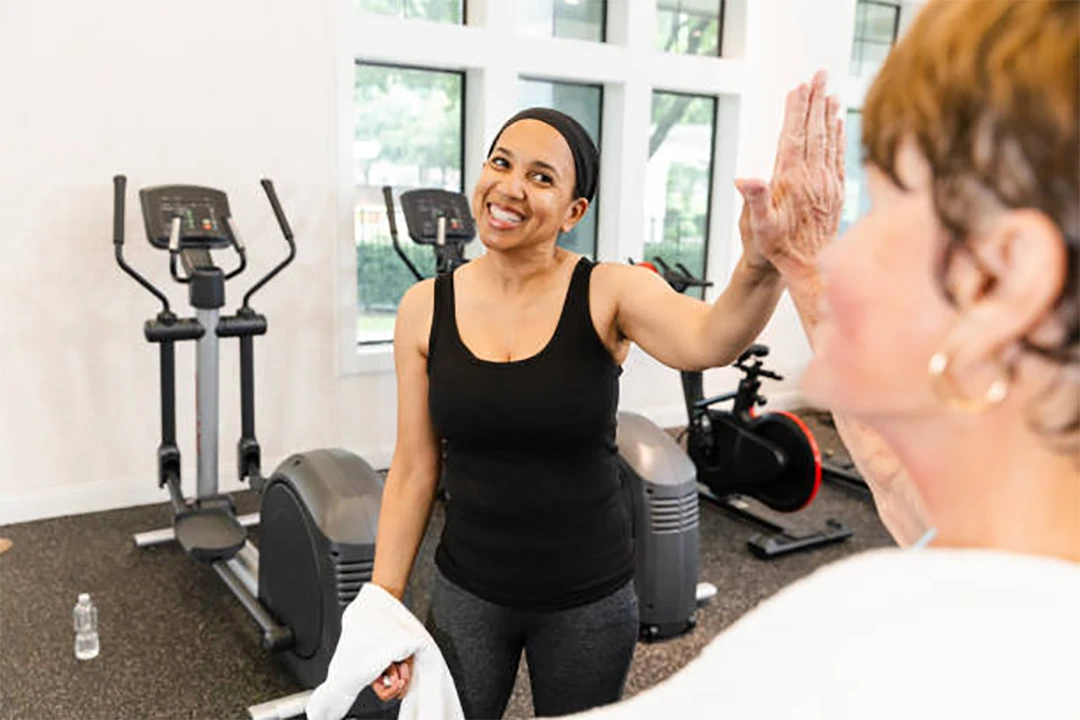
Exercise offers a natural, powerful way to combat both anxiety and pain, helping to reduce symptoms and improve overall well-being. For those who experience chronic pain or anxiety, medication options like Valium for anxiety or the choice to buy Tramadol online for pain management can provide relief, but incorporating regular exercise may complement these treatments and boost long-term benefits.
1. The Science Behind Exercise, Anxiety, and Pain Relief
Exercise promotes the release of endorphins, the body’s natural “feel-good” hormones, which elevate mood and act as a natural pain reliever. Engaging in physical activity reduces stress hormone levels, such as cortisol, which tend to rise during periods of anxiety. In addition to these immediate benefits, regular exercise fosters long-term mental resilience, making it easier to manage anxiety and pain over time.
2. How Exercise Supports Anxiety Management
Anxiety can be an overwhelming condition, and exercise is an effective tool for regulating the body’s response to stress. Studies show that activities like walking, running, swimming, and even yoga can reduce symptoms of anxiety by enhancing blood flow to the brain and releasing neurotransmitters that help regulate mood. Many people find that pairing their exercise routine with anti-anxiety medications like Valium offers a balanced approach that improves both physical and mental health.
3. Exercise as a Complement to Pain Management
Chronic pain can be debilitating, and exercise may seem difficult when pain is intense. However, gentle, low-impact activities like stretching, swimming, and cycling can enhance flexibility and reduce stiffness, making daily activities more manageable. Regular movement also increases circulation, which can help reduce inflammation and relieve tension in painful areas. Those managing moderate to severe pain may still need medication options and can buy Tramadol online to manage pain alongside an exercise plan tailored to their needs.
- Types of Exercises to Try for Anxiety and Pain Relief
- Cardio Workouts: Activities like running, brisk walking, and cycling get the heart rate up and release endorphins, helping to elevate mood and reduce pain perception.
- Yoga and Stretching: Known for its relaxing benefits, yoga combines gentle movement with breathing techniques that lower anxiety. It also enhances flexibility and eases muscle tension, making it an ideal choice for pain relief.
- Strength Training: Building strength not only tones muscles but also supports the joints, which can reduce pain from conditions like arthritis. Strength training can also be empowering, boosting confidence and reducing anxiety.
- Mindful Exercises: Activities like tai chi incorporate slow, deliberate movements that calm the mind and relieve pain, especially for those with joint issues or chronic pain conditions.
5. Creating a Balanced Exercise Routine
For those new to exercise or managing significant anxiety and pain, start slow and build gradually. Aim for 20-30 minutes of exercise a few times per week and incorporate a mix of cardio, stretching, and strength exercises. Consistency is key, and over time, you may notice improved mood, better sleep, and reduced pain.
6. Combining Exercise with Medical Support
Exercise can be a valuable component in managing anxiety and pain, but it’s important to tailor any regimen to your personal needs and consult healthcare professionals. Medications like Valium can help alleviate severe anxiety symptoms, providing a foundation on which to build a balanced, healthy lifestyle. For pain management, those choosing to buy Tramadol online may find that combining it with a gentle exercise routine offers comprehensive support, improving overall quality of life.
Conclusion
Exercise can be a powerful ally in the journey to manage anxiety and alleviate pain. By incorporating a regular workout routine into your lifestyle and, if needed, combining it with medical options like Valium for anxiety or Tramadol for pain relief, you can take proactive steps to feel better physically and mentally. Small, consistent changes can lead to lasting relief, making exercise a natural way to support both mental health and pain management.

